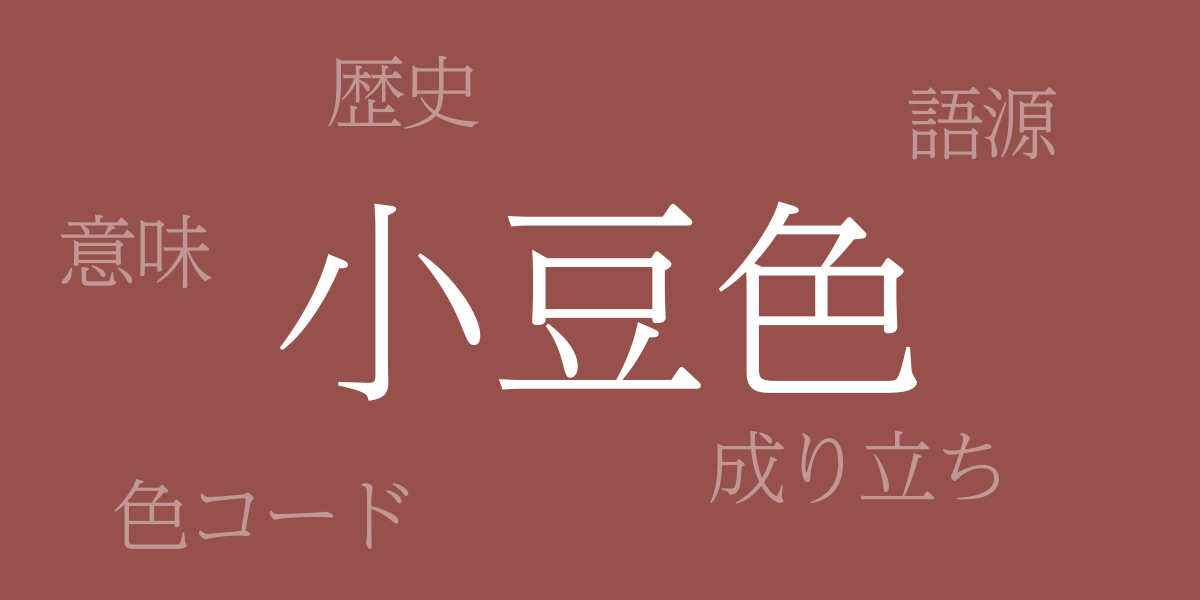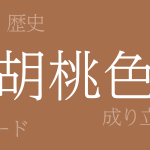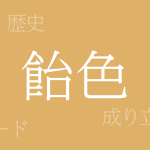Japan’s rich palette of traditional colors, shaped by its distinctive seasons, captures the world’s admiration. Among these, “Azuki Iro” (小豆色 – あずきいろ) has enchanted many with its depth and composed presence. This article explores the allure of Azuki Iro, delving into its history, color codes, and its international name, embodying the essence of Japanese culture.
About Azuki Iro (小豆色 – あずきいろ)
Azuki Iro (小豆色 – あずきいろ), inspired by the color of adzuki (アズキ) beans, is a deep reddish-brown reminiscent of red mixed with brown. It is a favored color in traditional Japanese attire and paintings. Deeply rooted in Japanese nature and tradition, Azuki Iro is celebrated for its ability to convey the changes and emotions of the seasons.
The History of Azuki Iro
Azuki Iro has been used in Japanese dyeing since the Heian period, treasured in aristocratic circles as a noble color. During the Edo period, it spread among the common people, appearing in kimonos and everyday items, and has become a staple color that symbolizes Japanese tradition and culture through the ages.
Color Code of Azuki Iro
For accurate reproduction in digital design and web design, the following color codes are used for Azuki Iro:
- HEX: #96514D
- RGB: R:150 G:81 B:77
- CMYK: C:47 M:78 Y:68 K:7
Western Name for Azuki Iro
In English, Azuki Iro is sometimes referred to as “Red bean” or “Adzuki bean,” but its closest Western color names are “Russet” or “Maroon.” These names capture the depth and maturity of Azuki Iro within an international color context.
Summary on Azuki Iro
Azuki Iro, a revered Japanese traditional color, has been beloved for its unique hue and as a symbol of Japanese culture. Throughout history, it has played a significant role in the lives of the Japanese people and continues to be utilized in modern fashion and design. With its digital color codes, Azuki Iro continues to enchant, remaining close to our daily lives while showcasing its beauty.

























